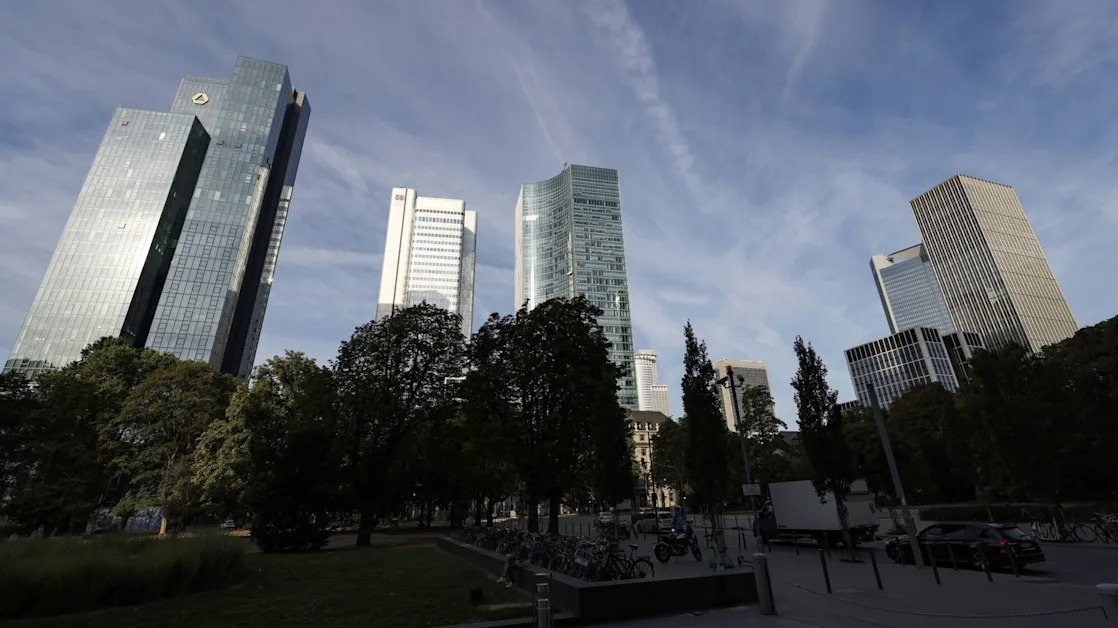XRP (CRYPTO: XRP) , the native cryptocurrency of the Ripple blockchain, has declined more than 80% from its all-time high in early 2018. The bulls had originally expected XRP to gain more traction as more companies routed their gross payments, remittances, and foreign exchange transactions through Ripple's blockchain. Ripple claimed its ledger could provide its customers with secure, instant, and "nearly free global financial transactions of any size with no chargebacks."
Several smaller financial institutions -- including Travelex Bank, Tranglo, and Sentbe -- tapped Ripple's network as a cheaper alternative to the SWIFT (Society for Worldwide Interbank Financial Telecommunication) protocol used by most banks. However, most of those customers only used Ripple for fiat currency transactions instead of adopting XRP as an alternative payment method. The U.S. Securities and Exchange Commission (SEC) also sued Ripple in December 2020 for raising $1.3 billion through an offering of XRP tokens, alleging the sale constituted an illegal transaction of unregistered securities.

Meanwhile, many investors claimed XRP wasn't even a true cryptocurrency because it wasn't mined with the proof-of-work ( PoW ) protocol or staked through the proof-of-stake (PoS) protocol like other tokens. Instead, it pre-mined its entire supply of 100 billion tokens prior to its market debut, locked up 55 billion of those tokens in escrow accounts, and periodically released those tokens to stabilize its liquidity and supply.
All of these issues, along with rising interest rates and the crypto winter, crushed XRP's price . However, I believe this high-risk token might still turn $1,000 into tens of thousands of dollars over the next few years as some major catalysts kick in.
The biggest near-term catalyst for XRP
The SEC lawsuit was the biggest headwind for XRP, but it finally concluded in early August with a favorable ruling for Ripple. The SEC had initially demanded a $2 billion fine, which would have exceeded the size of the token offering. But it subsequently lowered that demand to $1 billion plus interest. Ripple repeatedly insisted it would only pay a $10 million fine.
The trial finally ended with U.S. District Judge Analisa Torres imposing a modest $125 million fine on Ripple. Torres had previously ruled that XRP tokens couldn't be classified as unregistered securities, and she reiterated that view in her latest ruling. Without that lawsuit hanging over XRP, its price could head higher through the end of the year.
The other major catalysts for XRP
While most investors consider the favorable resolution of the SEC lawsuit to be the biggest near-term catalyst for XRP, we shouldn't ignore the other potential tailwinds. First, Ripple plans to launch its own stablecoin (Ripple USD) and $10 million in tokenized U.S. T-bills on the XRP ledger later this year. Second, Ripple is reportedly getting ready to upgrade the XRP ledger with new tools for developing decentralized finance (DeFi) apps and dynamic non-fungible tokens (NFTs). Those new projects, along with other applications, could broaden Ripple's appeal and stabilize XRP's price.
Lastly, lower interest rates will probably drive more investors toward speculative cryptocurrencies again. Some analysts believe the Federal Reserve could slash its benchmark rates as early as September to allay fears of a recession, and that decision could drive XRP and other altcoins a lot higher.
But don't ignore the long-term challenges
XRP's price could bottom out this year, but its growth could still be throttled by competition from faster blockchains like Ethereum and Solana as well as the unpredictable macro headwinds. The expansion of Ripple's blockchain with new services also isn't guaranteed to lift XRP's price. But despite those unpredictable challenges, it might be a smart idea to buy XRP with $1,000 from the more speculative side of your portfolio before its near-term headwinds dissipate.
Before you buy stock in XRP, consider this:





